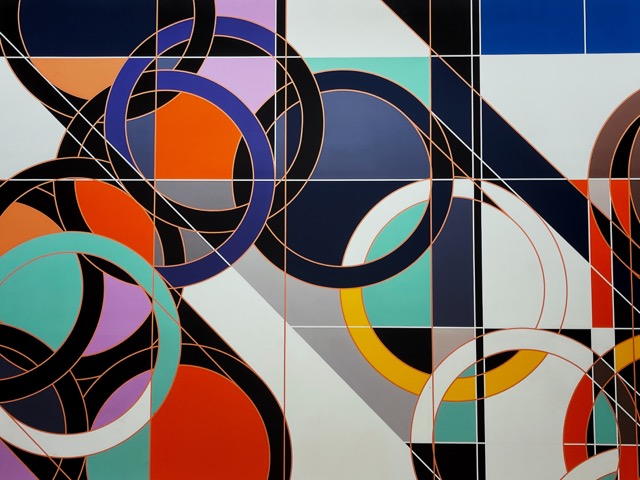Evolution of Art Transport: From Ancient Works to the Digital Era
Art transport is a profession that has been around for a long time. From ancient civilizations moving massive statues to the current challenges posed by the advent of digital art, this profession has always required specific expertise and know-how.
In this article, we take a journey back in time to explore the evolution of art transport throughout the centuries.
From Antiquity to the Renaissance: Early Days of Art Transport
In antiquity, art was often a symbol of power, imposing or used as a war trophy, reflecting the dominance of one civilization over another. One immediately envisions the imposing Greek statues or the immense Roman frescoes. As a result, art was mostly static or required significant logistics. When artworks needed to be moved, it was generally done using logs or by portage.
During the Middle Ages, art transport took on a sacred dimension. Relics were carefully preserved and transported in equally precious reliquaries adorned with gold and stones. They were often transported to change places of worship or to be exhibited during processions.
It was during the Renaissance that art transport underwent a true transformation. Artworks became commodities, intensifying exchanges. Artists received commissions from patrons from all over Europe. The artworks had to be transported with great care, and padded wooden crates made their appearance, offering initial effective protection against the uncertainties of transport.
 The Industrial Era: Art Transport Goes Global
The Industrial Era: Art Transport Goes Global
The 18th and 19th centuries saw a significant increase in art exchanges, often facilitated by colonial dynamics. Art transport became international. During the industrial revolution, with the emergence of railways and steamships, artworks could travel more easily, quickly, and over longer distances.
The 20th Century: Modernization and Standardization of Art Transport
The last century witnessed a true modernization of art transport and the logistics chain. Technological advances led to the development of highly protective packaging and air-conditioning systems to ensure optimal conditions during transport.
Simultaneously, the importance of protecting the world’s cultural heritage was recognized through international conventions. This led to the establishment of numerous standards to safely transport artworks across the globe.
The Digital Age and the Future of Art Transport
The 21st century is characterized by technological revolution and digitalization. With exhibitions and fairs worldwide, art transport is no exception. The increasing number of artworks crossing continents in record time can be tracked in real-time. At any moment, whether a client, artist, auction house, or gallery owner, one knows the location and conditions of each piece.
Security has also advanced with the development of advanced surveillance systems and customized packaging designed to perfectly fit the shapes of the most precious artworks.
Beyond these innovations, the entire concept of transport is being rethought. Facing environmental challenges, the industry is moving towards more sustainable transport solutions while ensuring the integrity of each artwork.
 Key Takeaways…
Key Takeaways…
While art transport has evolved over the centuries, new technologies play a crucial role in transforming the profession. In addition to disrupting the logistics chain, it has enabled better protection of artworks, meeting the growing demands of the global art market.
In this context, Moviiu uses digital tools to offer a new experience to its partners. Shipping artworks has never been easier and faster: you can organize everything from home, monitor your shipments, and benefit from the expertise of our team, specialized in art transport.
Photos by Steve Johnson Jon Tyson Norman Tsui,
